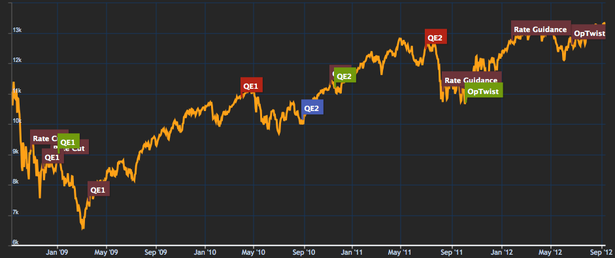…some firms have found that tactical approaches — doing just enough to meet the reporting requirements — have not been sufficient for increasing regulatory demands or the needs of internal business users.
Apparently risk wasn’t entirely solved during the 1980s and 1990s when big systems went into banks from Algorithmics, SunGard and other major players. SAS recently ranked in the upper right quad of a Chartis report on risk systems, along with Algorithmics, now part of IBM; Moody’s analytics; SunGard and Oracle.
An Austrian bank took the tactical approach to create reports from existing infrastructure, Rogers said by way of example.
“But tactical can mean not necessarily considering all the elements you need. You meet the reporting for your regulator, but you don’t have the long term infrastructure to extend those reports to areas you really want to work on for stress tests, capital planning or overall risk management reporting.”


